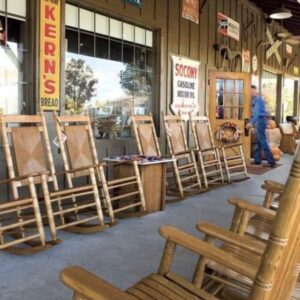Unveiling Vintage Butter Molds: Uncovering Tradition and Craftsmanship
Introduction to Butter Molds
Butter molds, ancient tools for shaping and adorning butter, hold a centuries-old legacy. They served a vital role in preserving and presenting butter, seamlessly blending functionality with aesthetic appeal.
Tracing Ancient Origins
The origins of butter molds date back to ancient civilizations, where butter was sculpted into decorative forms for special occasions or preservation. Early molds, crafted from wood or natural materials, showcased the skill and ingenuity of their creators.
Evolution Over Time
As butter production standardized in the Middle Ages, molds adapted to meet demand, varying in shapes and sizes from simple to elaborate designs symbolizing wealth and cultural significance.
Craftsmanship and Artistry
Artisans meticulously crafted butter molds, passing down techniques through generations. These molds were not just functional tools but exquisite works of art, reflecting the creativity and skill of their makers.
Practical Functionality
Beyond their ornamental appeal, butter molds were practical, shaping and preserving butter into uniform forms for easier storage and handling. Intricate designs added elegance to dining tables.
Enduring Cultural Legacy
Vintage butter molds transcend mere function, symbolizing tradition and craftsmanship. Passed down as cherished heirlooms, they remind us of an era when food preparation was meticulous and detail-oriented.
Revival in Modern Times
While modern manufacturing has reduced their prevalence, there’s a renewed interest in vintage butter molds. Collectors, artisans, and enthusiasts seek them for historical and decorative value, with some integrating them into culinary practices.
Concluding Reflections
Vintage butter molds provide a glimpse into culinary history, emphasizing tradition and heritage. They continue to captivate and inspire with their timeless appeal and historical significance.





